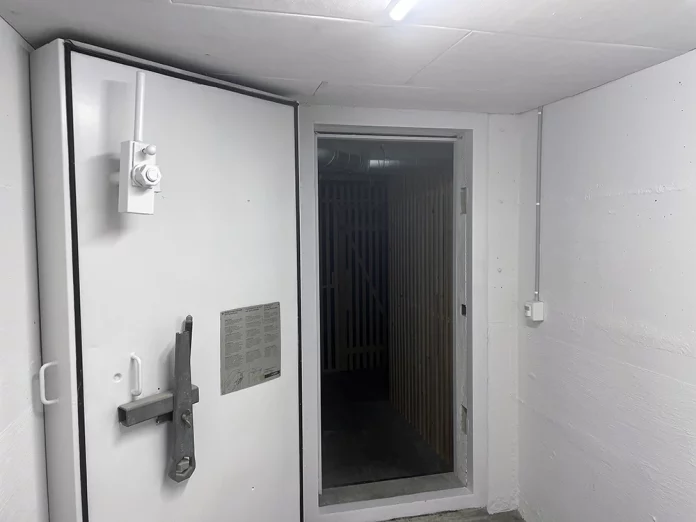
Switzerland is a small, landlocked country in the heart of Europe, known for its chocolate, cheese, and banks. But did you know that Switzerland also has a secret weapon? Bunkers. Lots and lots of bunkers.
You see, Switzerland has a long history of neutrality, and as a result, the country has always been prepared for the worst. In fact, during World War II, Switzerland built over 20,000 bunkers to protect its citizens from the dangers of war. And these bunkers aren’t your average underground hideout either. They’re built to withstand bombs and chemical attacks, and some even have their own air filtration systems.
Switzerland – prepared for the worst
Now, you might be thinking, “But Switzerland wasn’t directly involved in WWII, why did they need all these bunkers?” Well, that’s the beauty of being prepared. Switzerland knew that if the war had spread to their country, they would need a way to protect their citizens. Plus, it’s better to have a bunker and not need it, than to need a bunker and not have it.
But what do the Swiss do with all these bunkers now that the war is over? Well, some have been turned into museums, others have been converted into apartments, and some are even used as storage space. But the majority of them sit unused, collecting dust.
But don’t worry, Switzerland isn’t just going to let all these bunkers go to waste. They’ve come up with a unique solution to repurpose the bunkers – turning them into luxury doomsday bunkers. That’s right, for the low, low price of a few million Francs, you too can have a bunker complete with a swimming pool, spa, and even a movie theater.
But if you’re not in the market for a luxury bunker, Switzerland has plenty of other options for you. You can go on a bunker tour and learn about the history of these underground fortresses, or even rent one out for a weekend getaway.
Many apartment buildings come with bunkers
In Switzerland, many residential buildings still have a bunker in the basement. These bunkers are used for storage units for the tenants, with wooden fences dividing the room(s) up in smaller storage spaces. However, in case of an emergency, the bunker is restored for its original purpose in less than 24 hours.
It is easy to recognise the shelters by the big heavy blast doors at the entrance of the bunker area. In addition, it has an filtered ventilation system and often has an alternative exit, in case of a collapse causing the main entrance to become blocked.


So, next time you’re planning a trip to Switzerland, don’t forget to think about the bunkers. They will be everywhere around you, hidden in plain sight!

